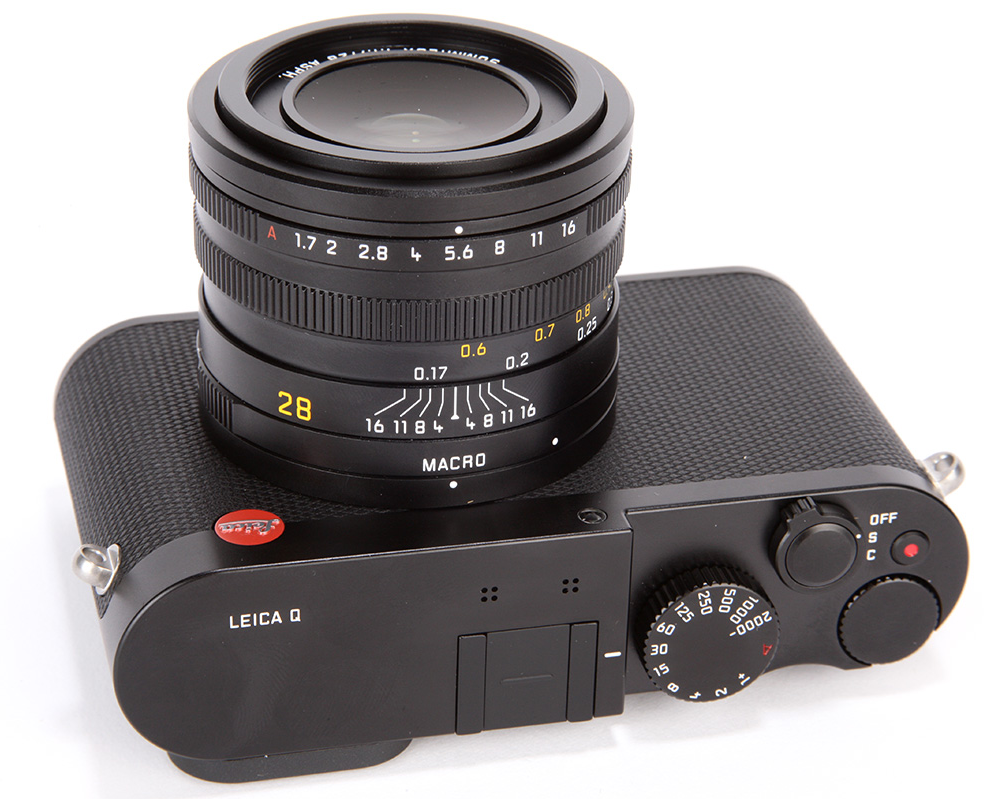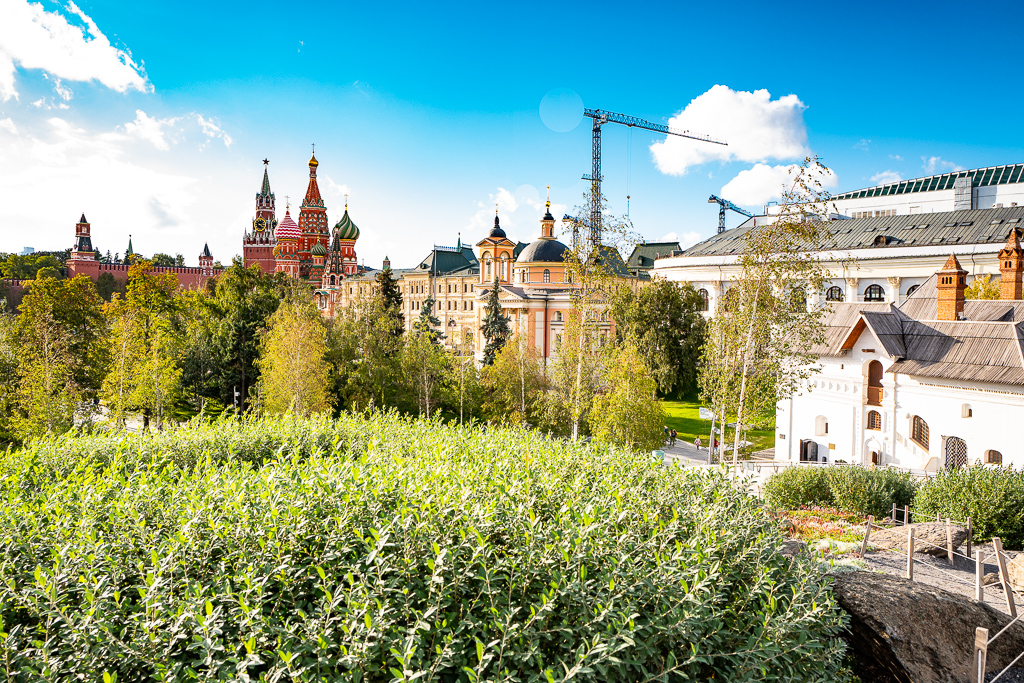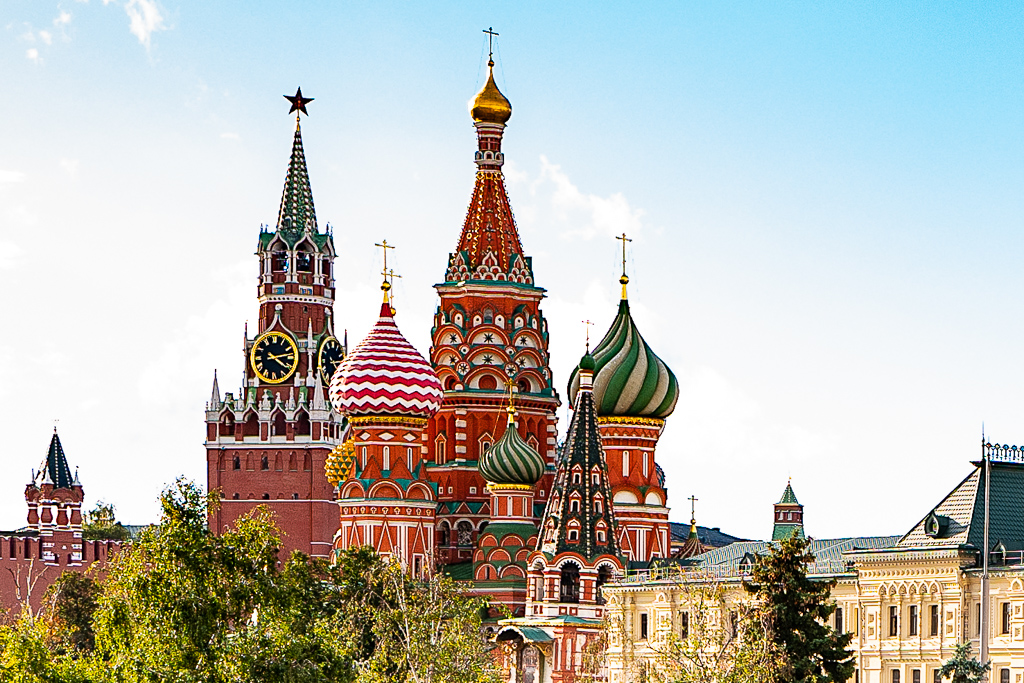Bought a Leica Q
writer: russell j.t. dyer; posted: Sep 2018; revised: Oct 2018

Leica Q
Manual & Automatic Shutter Control;
Exposure Compensation
As I wrote in a recent article, I decided to buy a Leica Q camera. I’ve had the camera only a few weeks now and haven’t had much time to use it. However, I do have some basic observations about the camera and lens. In this article, I also have some sample photos which show the quality of images that are possible.
Using the Q
Being able to set manually the exposure is important to me. I don’t want to go through menus on the LCD to do this. That’s too much of a distraction when taking photos. In fact, I’ve argued against LCD screens on cameras. The art and quality of photos lies generally with composition, exposure, and focus.
On the top of the Leica Q, there’s a knob for setting the shutter duration. It can be set manually or to automatic mode, which is what I prefer. There’s another knob to the right of it that’s used for exposure compensation, unless it’s reconfigured. I rarely use this. ISO is set with a button on the back of the camera: I usually set it once when I start taking photos and then leave it. Lens aperture may be set manually on the lens, although it too can be set to automatic — I never do that.

Leica Q with Summilux f/1.7 28mm Lens
Manual & Automatic Aperture Control
With these basic controls, ignoring the other options and the LCD, I’m able to keep the process of taking photos pretty simple. At the start of shooting, I set the ISO and the lens aperture based on the lighting conditions (e.g., if it’s a sunny day, ISO to 100 and aperture to 8), and put the shutter on automatic. Everything else I leave to the default settings as I’ve set them when I first bought the camera — which includes the LCD screen off, even for reviewing photos immediately after taking them. With all of this in place, I can start taking pictures.
When I see something I want to photograph, I look through the viewfinder, not the LCD, and calmly compose the scene, focus the lens, and then press the shutter release button. Minimizing what I change while shooting photos helps me to stay in artistic mode in my mind and to take better pictures.
Q is for Quality
The quality of the Leica Q is marvelous. It has a full-frame, 24 megapixel sensor — which is what I want. It also has a Leica Summilux f/1.7 28mm lens. This lens is fantastic on its own, but the camera has been calibrated specifically for it. For example, even though it’s a very wide-angle lens, there’s no need to do any lens correction in Adobe Lightroom: it’s done for every shot in the camera. The resolution and quality of the images it takes are amazing.
Below is a shot I took recently in Moscow in the Zaryadye Gardens, looking across to St. Basil Cathedral and the Kremlin. In the first image you can see the photo without being cropped. It’s alright, but I wanted a tighter shot of the cathedral with some plants in the foreground.
They say that when you aren’t using a zoom lens, to just stand closer to the subject. In this situation, I was atop a small hill with plants in front of me. I could have walked around the plants and down the hill to get closer, but I would not have been able to see the cathedral at this angle. I would have been looking up at a high angle at the cathedral. My solution was to take the picture at the top of the hill and to crop and enlarge the photo later in Lightroom to get a better composition.
The second image is the result of cropping. The quality of the original was so good and the resolution so high that there is no noticeable noise or other distortion. This much clarity is due to the image sensor and the quality of the lens. To appreciate this, I cropped and enlarged the photo even more (see the detailed image). Only by enlarging it this much do we begin to see noise, the equivalent of grain.
Zaryadye Gardens, Moscow — St. Basil Cathedral
leica q camera, summilux f/1.7 28mm lens; aperture f/5.6, shutter 1/320 second, iso 200
Incidentally, all three of these photos have been exported from the original. The smaller versions here are 400 by 267 pixels. If you click on them, you’ll see copies that were exported to 1024 by 683 pixel size. If you’d like, you can view the full-size image. It’s 6000 by 2000 pixels.
Contentment
The Leica Q is a high-end, high quality compact camera with a superior wide-angle lens and an excellent full-frame sensor. This is everything I wanted. I’m very happy with this choice and the decision to switch to only one camera, a Leica Q. My signature line these days on photography forums reads under my name, Equipment: Leica Q |—| What Else Do I Need? The Leica Q really does provide me everything I need in one compact camera and lens.


